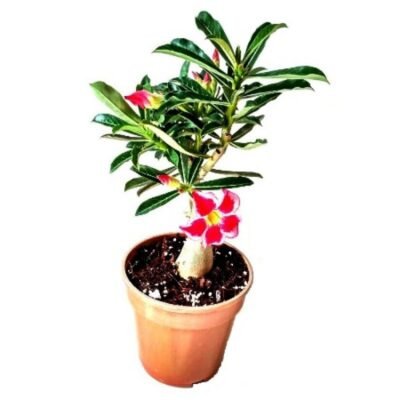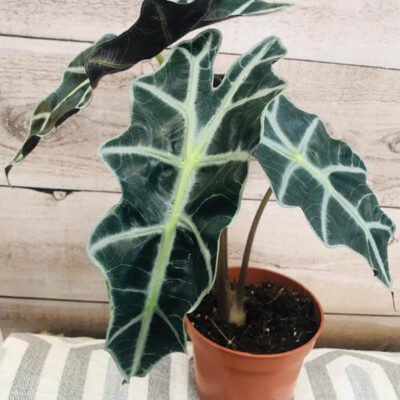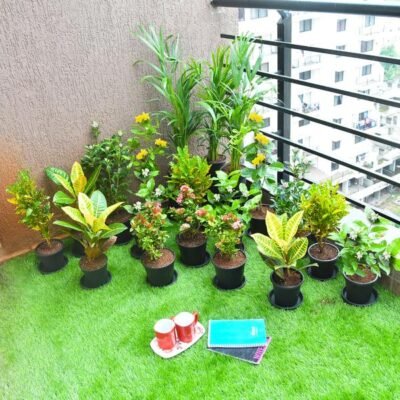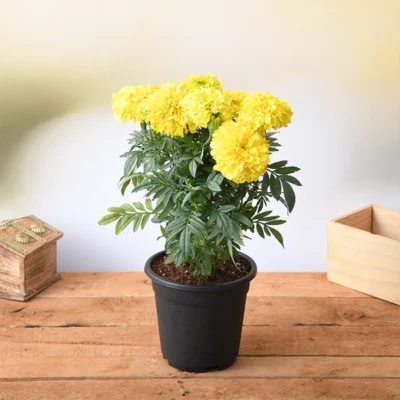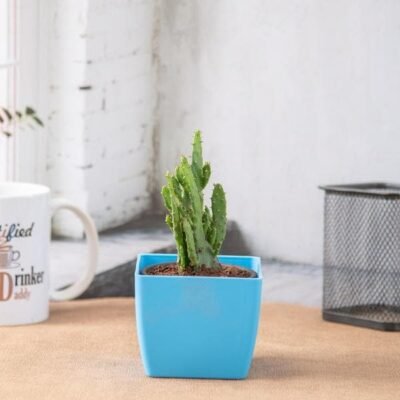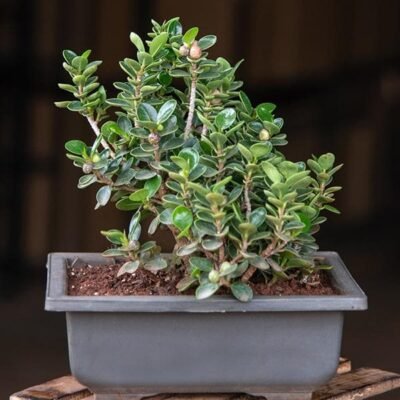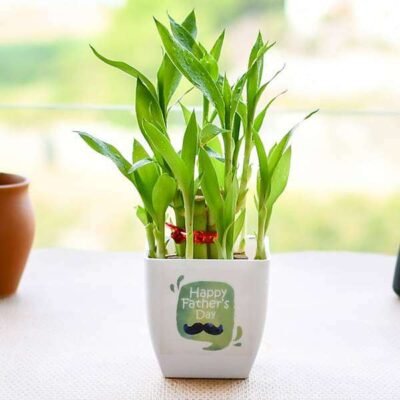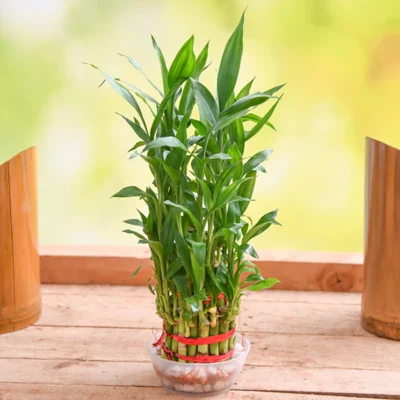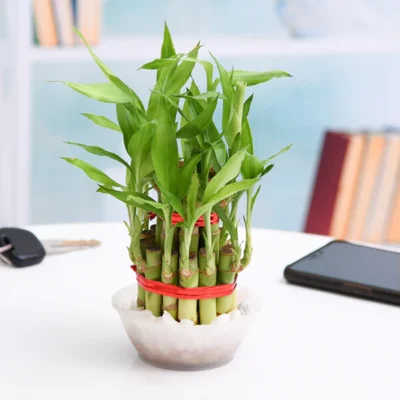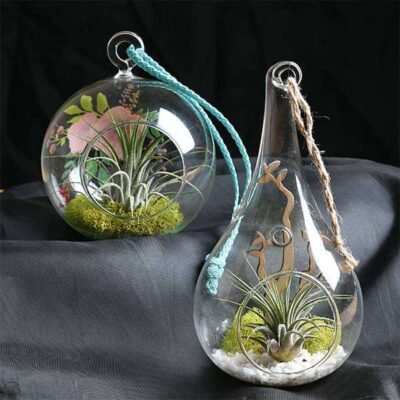You are Here:
Home / Plants / Flowering Plants / Jasmine Plants
Jasmine Plants
[cat_short_description]
Filter by Price
Categories
This Week’s Top Rated
-
 Adenium Baby Pink (Grafted) - Adenium obesum, Desert Rose Plant
Rated 4.50 out of 5
Adenium Baby Pink (Grafted) - Adenium obesum, Desert Rose Plant
Rated 4.50 out of 5₹589.00₹500.00 -
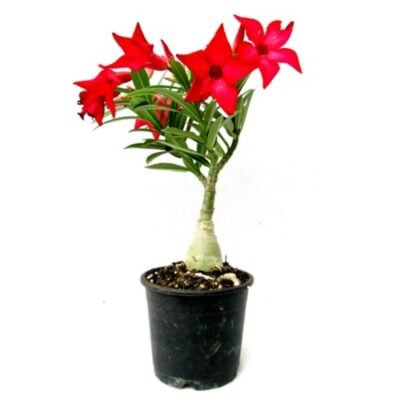 Adenium Red (Grafted) - Adenium Serene Rose, Adenium Obesum, Desert Rose Plant
Rated 3.00 out of 5
Adenium Red (Grafted) - Adenium Serene Rose, Adenium Obesum, Desert Rose Plant
Rated 3.00 out of 5₹429.00₹400.00 -
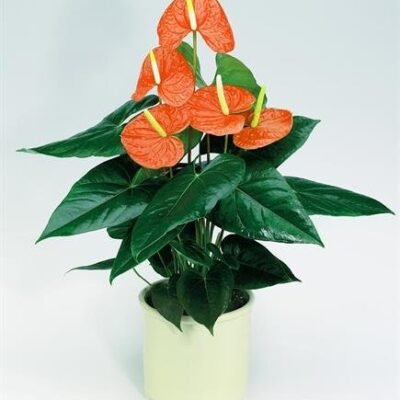 Anthurium Orange - Flamingo Flower, Laceleaf, Tailflower Plant
Rated 0 out of 5₹1,119.00
Anthurium Orange - Flamingo Flower, Laceleaf, Tailflower Plant
Rated 0 out of 5₹1,119.00
Showing all 6 results
-
 Sale! Add to cart
Sale! Add to cart - More than six hours of direct sunlight, or three to six hours, with strong natural light the remainder of the day.
- When the topsoil (1-2 inches) in the pot seems dry to the touch, add 4 cups (about 200 ml) of water.
- The soil should be fertile, well-drained, and high in organic matter.
- Temperature range: 16 to 32 degrees Celsius
- Every month, apply organic fertilizer.
Quick ViewAll Season PlantsParijatak Night Flowering Jasmine Plant
Rated 0 out of 5₹349.00₹300.00 Add to cart -
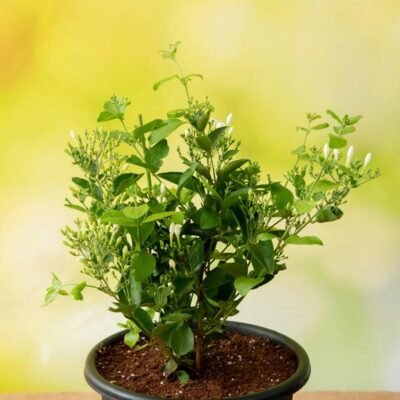 Add to cart
Add to cart - 3-6 hours of direct sunshine followed by the remainder of the day’s natural strong light.
- The soil should be healthy, well-draining, and rich in organic matter.
- Temperature between 8 and 30 degrees Celsius.
- Feed the plant with organic fertilizer during the plant’s primary growing season (June to July).
Quick View -
 Add to cart
Add to cart - Bright sun to some partial shade
- Medium Watering
- Well-drained soil
- 28 degrees Fahrenheit Temperature
- Put any organic fertilizer in use.
Quick View -
 Add to cart
Add to cart - Keep the plant in direct, bright natural light.
- By probing the soil with a stick or your finger, you may determine how much moisture is there.
- When the top inch or two of soil seems dry to the touch, sprinkle 4 cups (about 200 ml) of water on it.
- Wait at least two weeks after receiving it before repotting.
Quick ViewAll Season PlantsRaat Ki Rani, Raat Rani, Night Blooming Jasmine – Plant
Rated 0 out of 5₹299.00 Add to cart -
 Sale! Add to cart
Sale! Add to cart - Maintain the plant in bright, indirect natural light.
- Check the moisture in the soil by poking it with your finger or a simple little stick.
- When the top soil (1-2 inches) seems dry to the touch, add 3 cups (about 150 ml) of water.
- After receiving it, wait at least two weeks before repotting.
Quick ViewAll Season PlantsJasminum sambac, Mogra, Arabian Jasmine – Plant
Rated 0 out of 5₹299.00₹250.00 Add to cart -
 Add to cart
Add to cart - The recommended amount of sunlight per day for flowering and plant growth is at least five to six hours of direct sunlight.
- For plants to develop, the soil needs to have a high organic content and be well drained.
- When the top 1-2 inches of dirt in the pot feels dry to the touch, water the plant.
- Feed the plant with organic fertilizer once a month throughout the primary growing season.
- Remove any damaged, diseased, or dead plant components, and dispose of them far from the living plants.
Quick View
Read more about
Jasmine Plants
[cat_description]



